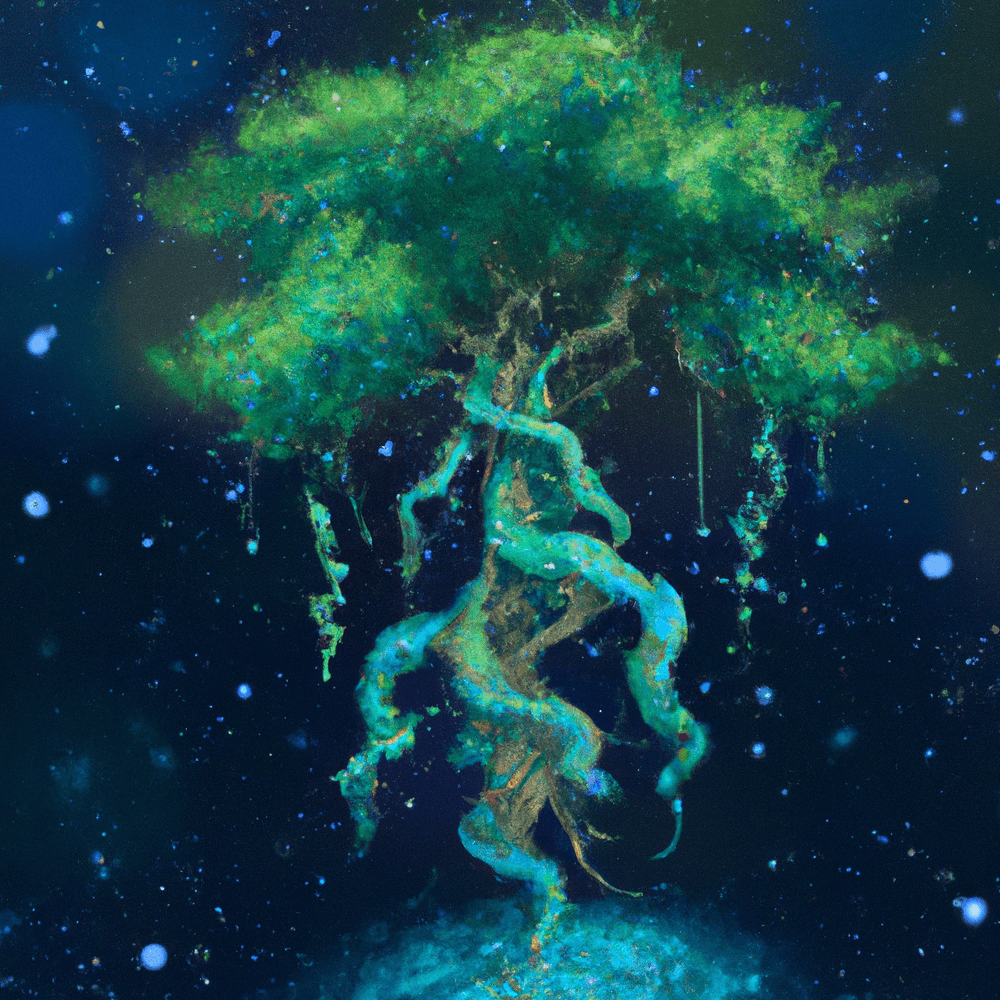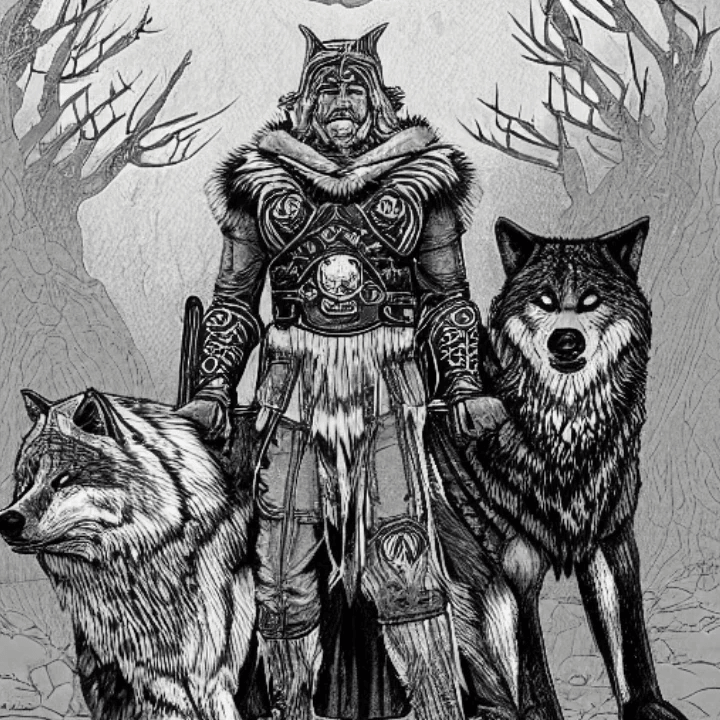Celebrating Yule: The Ancient Roots of Christmas
The year's longest night arrives, and darkness seems to stretch on forever. But in the distance, a glimmer of hope shines. The villagers dance and sing as the night continues, their feet pounding a rhythm on the hard-packed earth. The Yule log crackles and sparkles, a fiery beacon in the darkness. In the hall's center, a great oak tree stands tall and proud, adorned with holly and ivy garlands.
This is the time of Yule, a celebration with roots in Norse and Celtic traditions. As the world celebrates Christmas, it's essential to recognize and commemorate this ancient pagan holiday that has come to be associated with the winter solstice.
In Norse culture, Yule was believed to be the time when the spirits of the dead were passed on to the Otherworld to move on from the living world and to continue their afterlife there. These spirits were honored and celebrated during Yule, and animals were sacrificed in their honor. It was believed to be dangerous to go outside alone in the night during Yule, lest one risked to be carried away to the Otherworld before their time.

The Celts also celebrated Yule, but their focus was on the rebirth of the sun and the coming of a new year. They believed that the burning of the Yule log was a way to symbolize the sun's return and that the exchange of gifts was a way to honor the gods and ask for their favor in the coming year.
Yule and Christmas - Familiar Traditions
The celebration of Yule has evolved and transformed over time, and many of its traditions have been incorporated into the modern Christmas holiday. Some examples of Yule traditions that have been adapted into Christmas practices include:
• The burning of the Yule log: In ancient times, the Yule log was a large log burned in the hearth to symbolize the sun's return and provide warmth and light during the long, dark winter. This tradition has evolved into the modern practice of burning a Yule log or Christmas log in the fireplace or on the hearth.
• The exchange of gifts: In ancient times, the exchange of gifts during Yule was a way to honor the gods and to ask for their favor in the coming year. This tradition has been adapted into the modern practice of giving and receiving gifts during the Christmas season.
• The use of evergreen plants: In ancient times, the Norse and Celts decorated their homes with evergreen plants such as holly and mistletoe during Yule. This was believed to ward off evil spirits and to bring good luck. The mistletoe, in particular, was considered a symbol of love and friendship, which is why it is still used today as a romantic gesture.
Odin - The Original Santa Claus?
Most of us are familiar with the tale of Santa Claus, who is said to traverse the night sky on Christmas Eve, delivering gifts to children. But few of us know the similar legend of Odin's travels through the sky during Yule. This was the time of year when Odin led a great hunt through the sky, and it was believed that the spirits of the dead hunted by Odin were finally released from their bodies and delivered to their afterlife.
In Norse mythology, Odin was often depicted as a god with a long white beard who rode through the sky on his eight-legged horse during Yule for his great hunt. The comparisons to Santa Claus here are striking — Santa similarly sports a long, luscious beard, riding through the sky on his eight reindeers. Instead of cookies and milk, the ancient Norse left out food, oats and hay for the riders of the wild hunt to appease them on their long journey.

While there are minor differences between Yule and Christmas, they both reflect the same essential theme: a time of renewal and unity. This is why Yule remains relevant today, even during the holiday season, forming the cornerstone of our winter celebrations.
As the sun rises on the longest night of the year, let us remember the rich history and traditions of Yule. This celebration of renewal, rebirth, and unity brings warmth and light to our hearts and serves as a reminder of the timeless power of the natural world and the gods. Happy Yule to all!


